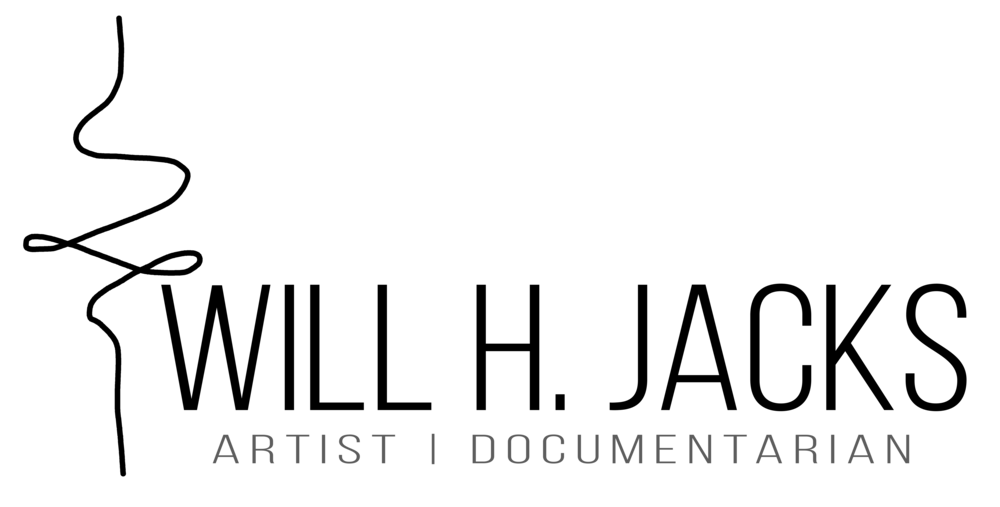Week 3: June 29, 2021
Week 3: June 29, 2021
Horse Through Thickets on the Riverside
Many of my Mississippi Delta memories involve wandering the myriad gravel roads of Bolivar County. I’ve done this since I was probably 12 when I would sneak away in my father’s old Jeep Cherokee while we spent weekends at the family cabin on an oxbow lake near the river. I still discover paths between soybean and rice fields I didn’t realize existed. When I need to disconnect and meditate I head out in my truck, windows down and music playing loudly. I flip a coin at intersections. Heads, I go left. Tails, I go right. As a rule, I do my best never to go straight ahead. I’m always twisting and turning until either the gas gets low or my head has cleared.
I know that if I lose my sense of direction I’ll eventually wind up at the Mississippi River levee to the west or Highway 61 to the east. From there I can regain my bearings and navigate back home. Even when I set out to purposefully let serendipity guide me, I recognize I’ll never fully be lost. I just need to recalibrate the parameters within which I live my life - even if just for an hour or two - not fully erase them.
I almost always wind up on the levee side, and that’s when my fog lifts. I am drawn by the forty foot tall man-made wall that protects the small Delta towns from the swells of the great river. It is quiet there. Hidden deep in the batture are camps with tremendous opulence. “Cabins” as fine as any Colorado resort mountain home are built in these woods. Huge sums of money are required to enjoy this property. Proper social capital is just as important. On the outskirts of these river woods, along the edges of old cotton fields and on the eastern edge of the levee, are towns slowly fading away. All that is needed to gain access to these communities is a legacy of hardship. You won’t find mountain architecture in these places.
Cows feed and roam the grassy fields along either side of the winding elevated levee road. Wild horses roam nearby, as if to draw contrast to the illusionary freedom of the cattle. The horses make their own way. The beef is there for market.
I particularly enjoy wandering in late fall and winter, when foliage has fallen and sight lines are cleaner. Branches turn into leaded glass-like patterns, and create a visual frame that is appealing to me. I like the way an image is shattered into smaller pieces when framed by these tangles. Each fragmented section of the photo connects to the next, creating an abstraction of an otherwise recognizable subject.
I often use film on these journeys. When the roll is complete I remove it from the camera, seal it , and throw it in a box. I make no notes. My memory serves that purpose. When the box becomes full months or even years later, I process the film. When images emerge I am returned to an afternoon I’d likely forgotten, and an encounter that drew my attention.
It is through this process that I am reminded of the elasticity of time. Moments are both always with us and always disappearing. They are happy and sad, easy and hard, fulfilling and draining. Perspective determines our opinion and definition of each moment we endure. We have the opportunity to decide how we engage with the factions of instances that make up our lives. We can be the wild horse, or we can be the mindless cattle. Odds are good that at various points in our lives we are both.
At least that’s the way I like to think of it when I let myself bathe in poetic thoughts. It’s also possible that sometimes there’s just a horse on the other side of the thicket standing still while you do the same. It just depends, I suppose, on how you want to see the moment.

